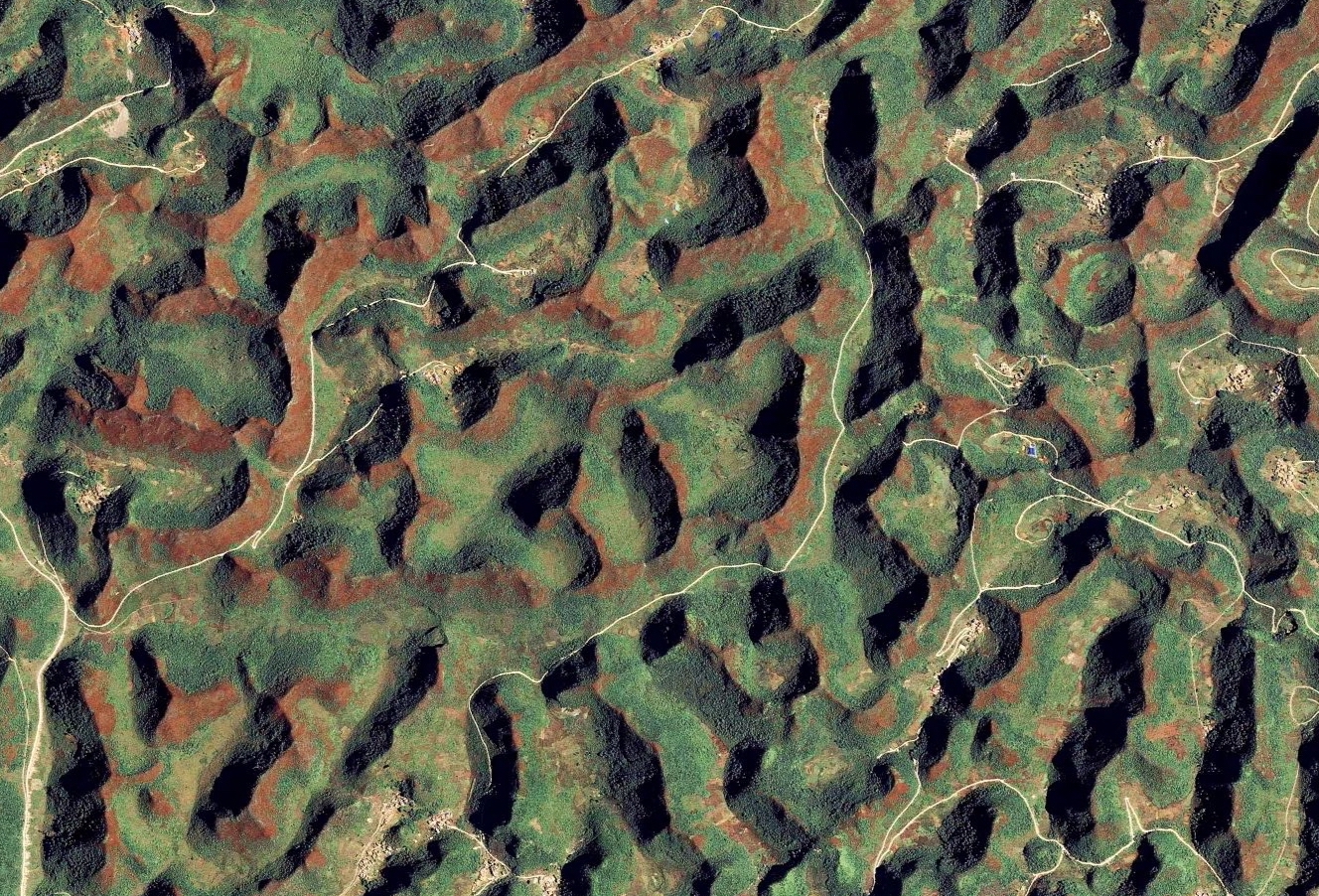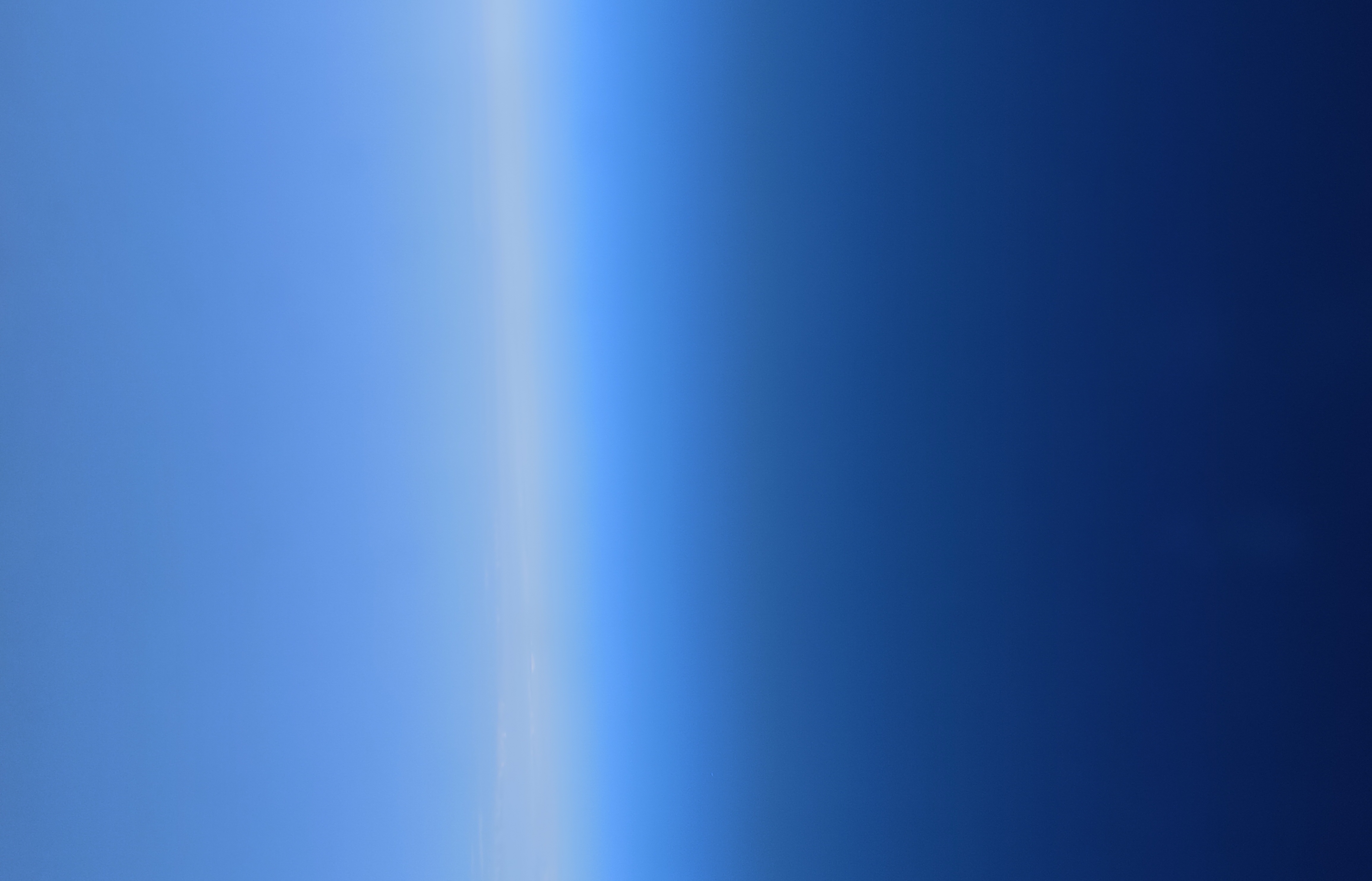Laboratory of Observation
& Research
—
Chemical Interplay
of Science & Art
NeurAstra.xyz is the format in which the fundamental building blocks of matter that constitute our planet bond together through the chemical interplay of science and art.
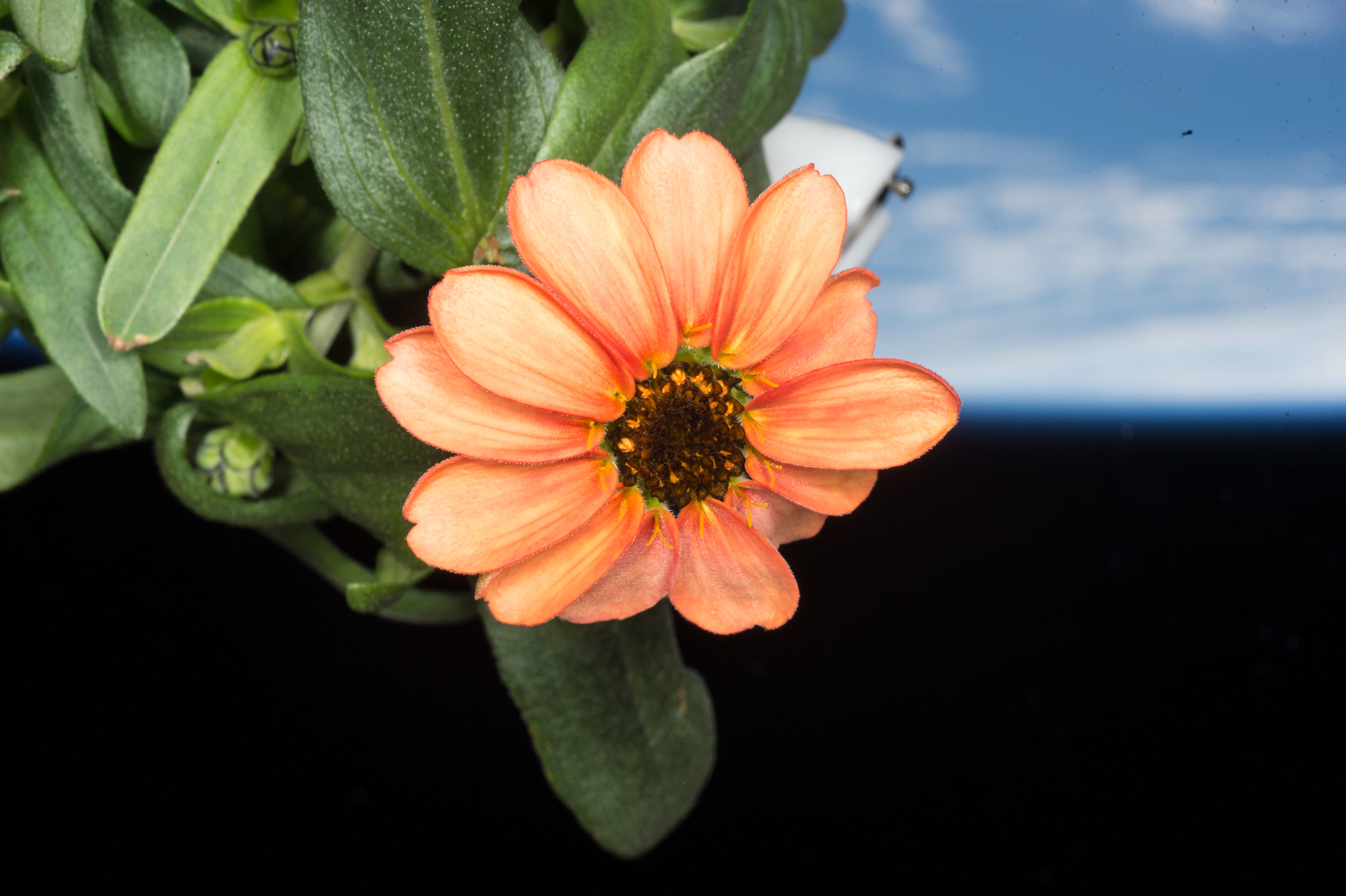
S.H.E.L.L.
—Ordinary Life in Extraordinary Places
collection: GRAPHIC ESSAYS
areas: space exploration/human factors
—
by: NeurAstra
/Les Nouveaux Cosmiques
SYSTEM: (S01) Blue Dot/White Tangerine
—
exhibition: finished
venue: AltaNube 874, Annecy, France
release: 2023
—
cover picture: NASA
—
—Ordinary Life in Extraordinary Places
collection: GRAPHIC ESSAYS
areas: space exploration/human factors
—
by: NeurAstra
/Les Nouveaux Cosmiques
SYSTEM: (S01) Blue Dot/White Tangerine
—
exhibition: finished
venue: AltaNube 874, Annecy, France
release: 2023
—
cover picture: NASA
—
“The more we know about the universe, the more we learn about ourselves.”
— Living and Working in Space
S.H.E.L.L. (Space Habitats and Everyday Life in Low-earth orbit) is a graphic essay that explores the unique and often overlooked facets of daily life aboard the International Space Station (ISS). This project aims to highlight the routine activities, personal experiences, and human interactions of astronauts living and working in the extraordinary environment of space, showcasing how everyday life continues amidst the rigours of space exploration.
Life aboard the ISS involves a range of adaptations to address the challenges posed by microgravity. Ordinary tasks become complex due to the absence of gravitational force, necessitating innovative solutions to maintain daily routines.
Meal Preparation: Preparing meals in space requires specialised equipment. Food is generally consumed in a semi-liquefied or packaged form to prevent crumbs and spills, which could interfere with the spacecraft’s electronics or pose choking hazards. Astronauts and cosmonauts use rehydration systems to prepare dehydrated foods and magnetic trays to keep utensils and food items in place. Eating in microgravity means that astronauts must carefully manoeuvre their food to their mouths and use straws for liquids.
Personal Hygiene: Maintaining personal hygiene is another challenge in the microgravity environment. Water cannot simply flow as it does on Earth, so astronauts use rinseless wipes, no-rinse shampoo, and air showers for cleaning. Waterless washing systems, including rinseless soap and disposable towels, help manage cleanliness. A specially designed vacuum toilet helps with waste management, using airflow rather than gravity to assist in the process.
Scientific Experiments: Conducting experiments in space involves rigorous protocols to manage the unique conditions of the ISS. The lack of gravity allows for studies that cannot be conducted on Earth, such as fluid dynamics and combustion research. Scientists use advanced apparatuses like microgravity platforms and specialised containers to study the effects of space on various materials and biological processes. Results from these experiments contribute to our understanding of fundamental science and potential applications for future space missions.
Leisure Activities: Despite the demanding schedule, astronauts also have time for leisure and recreation. This includes watching films, reading books, and conducting personal video calls with family and friends.
Physical Activities: Physical exercise is vital for counteracting the effects of prolonged weightlessness on muscle and bone density. The ISS is equipped with a treadmill, a stationary bicycle, and a resistance exercise device to help astronauts maintain their physical health.
Duties and Maintenance: Keeping the ISS operational is a critical responsibility for astronauts. Routine duties include conducting maintenance and repairs, which can range from fixing leaks and malfunctioning systems to replacing worn-out components. Astronauts are trained to handle various technical issues and perform scheduled inspections of vital systems, including the life support system and power generation equipment. Installing new equipment is also a part of their duties, often requiring precise procedures and modifications to integrate new modules or scientific instruments into the existing station infrastructure. These tasks ensure the station remains functional and continues to support ongoing research and daily living.
Sleep: Sleep is a crucial component of the astronauts’ routine, essential for their health and performance. Given the lack of a natural day-night cycle in space, the ISS operates on a schedule with designated sleep periods to simulate a regular day. Astronauts sleep in individual sleeping quarters, designed to minimise disturbances and provide a degree of privacy. Sleeping bags are attached to the walls to prevent floating while sleeping, and the quarters are equipped with ventilation and lighting controls to create a restful environment. Maintaining a consistent sleep schedule is vital to manage circadian rhythms and ensure optimal cognitive and physical functioning.
Human Interactions: Social interactions aboard the ISS are crucial for maintaining mental well-being. Crew members live in close quarters, requiring effective communication and teamwork. The confined environment necessitates conflict resolution strategies and support systems to ensure a harmonious living situation.
By highlighting these aspects, S.H.E.L.L. underscores how space travellers aboard the ISS adapt to the unique demands of space living. The graphic essay reveals the continuity of human routines, habits, and experiences, even in the most extraordinary circumstances.
— Living and Working in Space
S.H.E.L.L. (Space Habitats and Everyday Life in Low-earth orbit) is a graphic essay that explores the unique and often overlooked facets of daily life aboard the International Space Station (ISS). This project aims to highlight the routine activities, personal experiences, and human interactions of astronauts living and working in the extraordinary environment of space, showcasing how everyday life continues amidst the rigours of space exploration.
Life aboard the ISS involves a range of adaptations to address the challenges posed by microgravity. Ordinary tasks become complex due to the absence of gravitational force, necessitating innovative solutions to maintain daily routines.
Meal Preparation: Preparing meals in space requires specialised equipment. Food is generally consumed in a semi-liquefied or packaged form to prevent crumbs and spills, which could interfere with the spacecraft’s electronics or pose choking hazards. Astronauts and cosmonauts use rehydration systems to prepare dehydrated foods and magnetic trays to keep utensils and food items in place. Eating in microgravity means that astronauts must carefully manoeuvre their food to their mouths and use straws for liquids.
Personal Hygiene: Maintaining personal hygiene is another challenge in the microgravity environment. Water cannot simply flow as it does on Earth, so astronauts use rinseless wipes, no-rinse shampoo, and air showers for cleaning. Waterless washing systems, including rinseless soap and disposable towels, help manage cleanliness. A specially designed vacuum toilet helps with waste management, using airflow rather than gravity to assist in the process.
Scientific Experiments: Conducting experiments in space involves rigorous protocols to manage the unique conditions of the ISS. The lack of gravity allows for studies that cannot be conducted on Earth, such as fluid dynamics and combustion research. Scientists use advanced apparatuses like microgravity platforms and specialised containers to study the effects of space on various materials and biological processes. Results from these experiments contribute to our understanding of fundamental science and potential applications for future space missions.
Leisure Activities: Despite the demanding schedule, astronauts also have time for leisure and recreation. This includes watching films, reading books, and conducting personal video calls with family and friends.
Physical Activities: Physical exercise is vital for counteracting the effects of prolonged weightlessness on muscle and bone density. The ISS is equipped with a treadmill, a stationary bicycle, and a resistance exercise device to help astronauts maintain their physical health.
Duties and Maintenance: Keeping the ISS operational is a critical responsibility for astronauts. Routine duties include conducting maintenance and repairs, which can range from fixing leaks and malfunctioning systems to replacing worn-out components. Astronauts are trained to handle various technical issues and perform scheduled inspections of vital systems, including the life support system and power generation equipment. Installing new equipment is also a part of their duties, often requiring precise procedures and modifications to integrate new modules or scientific instruments into the existing station infrastructure. These tasks ensure the station remains functional and continues to support ongoing research and daily living.
Sleep: Sleep is a crucial component of the astronauts’ routine, essential for their health and performance. Given the lack of a natural day-night cycle in space, the ISS operates on a schedule with designated sleep periods to simulate a regular day. Astronauts sleep in individual sleeping quarters, designed to minimise disturbances and provide a degree of privacy. Sleeping bags are attached to the walls to prevent floating while sleeping, and the quarters are equipped with ventilation and lighting controls to create a restful environment. Maintaining a consistent sleep schedule is vital to manage circadian rhythms and ensure optimal cognitive and physical functioning.
Human Interactions: Social interactions aboard the ISS are crucial for maintaining mental well-being. Crew members live in close quarters, requiring effective communication and teamwork. The confined environment necessitates conflict resolution strategies and support systems to ensure a harmonious living situation.
By highlighting these aspects, S.H.E.L.L. underscores how space travellers aboard the ISS adapt to the unique demands of space living. The graphic essay reveals the continuity of human routines, habits, and experiences, even in the most extraordinary circumstances.
OVERVIEW

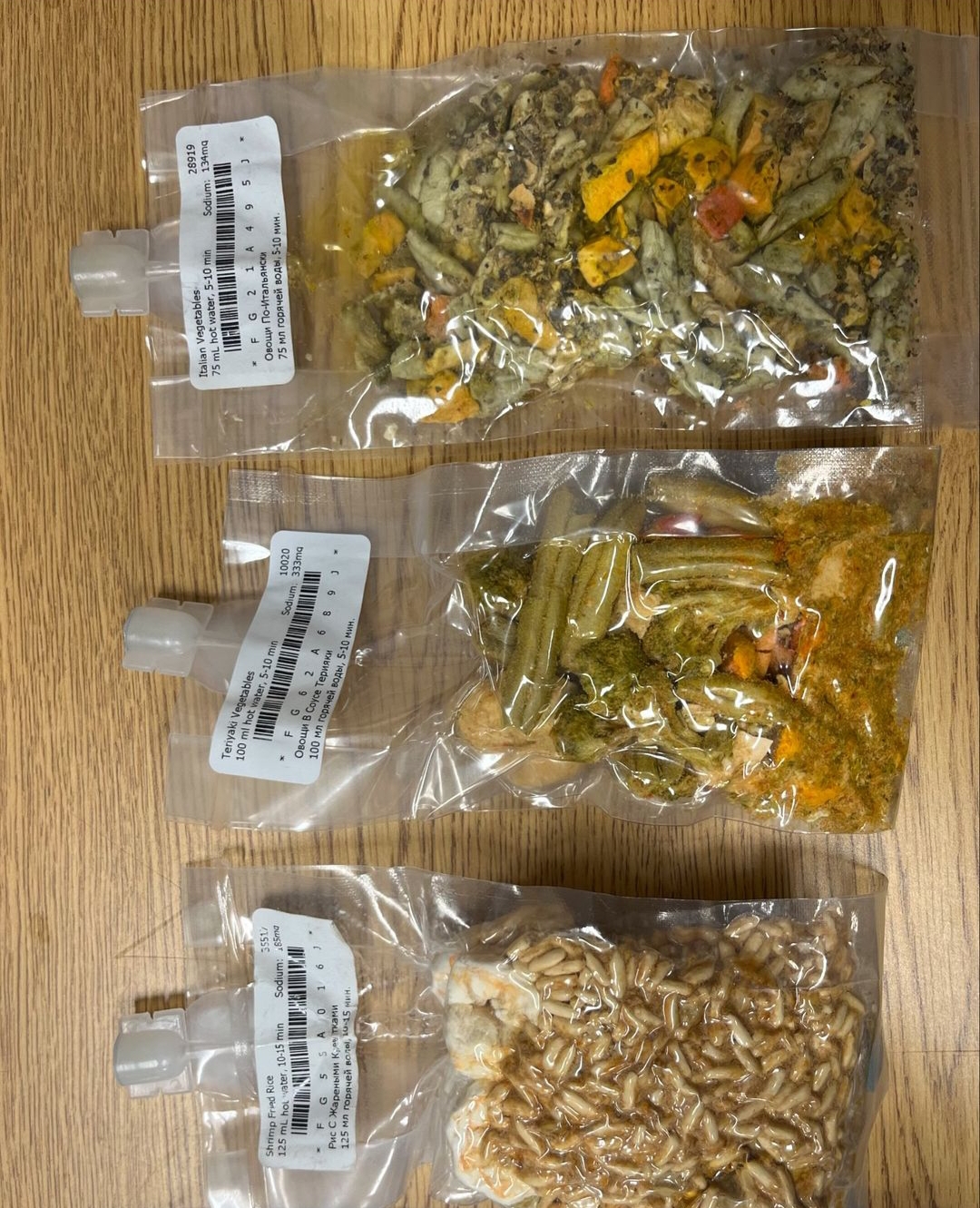
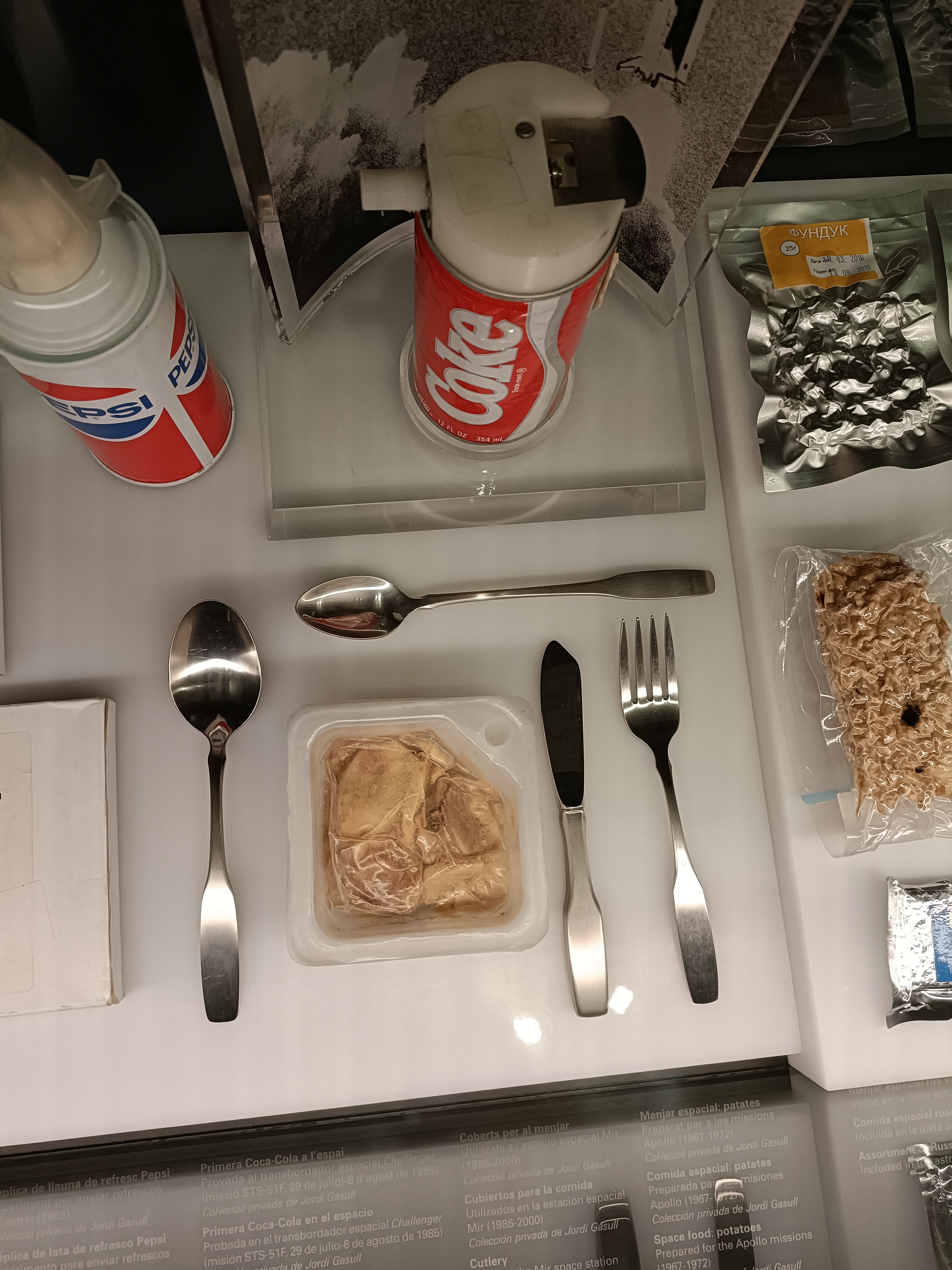
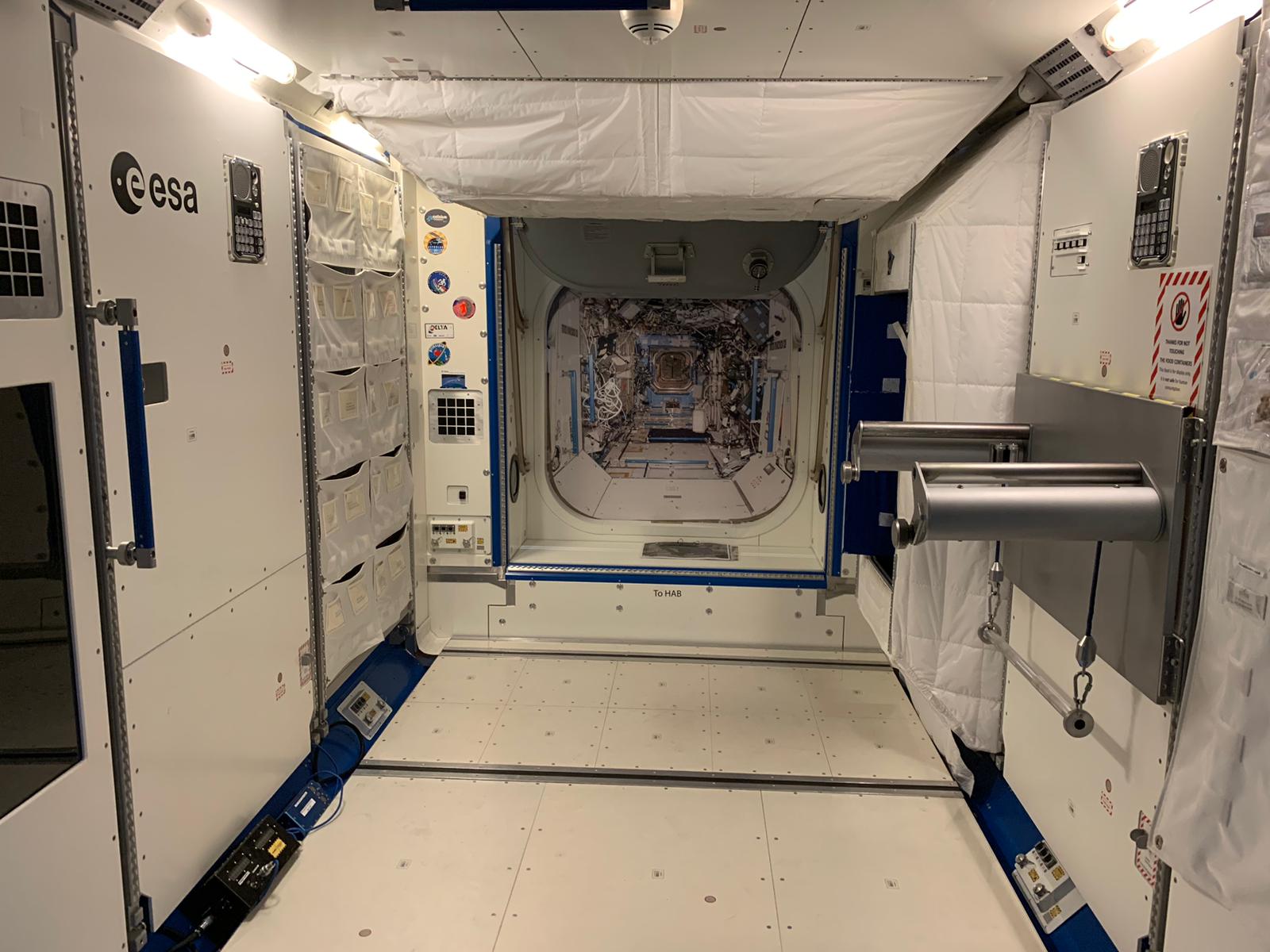
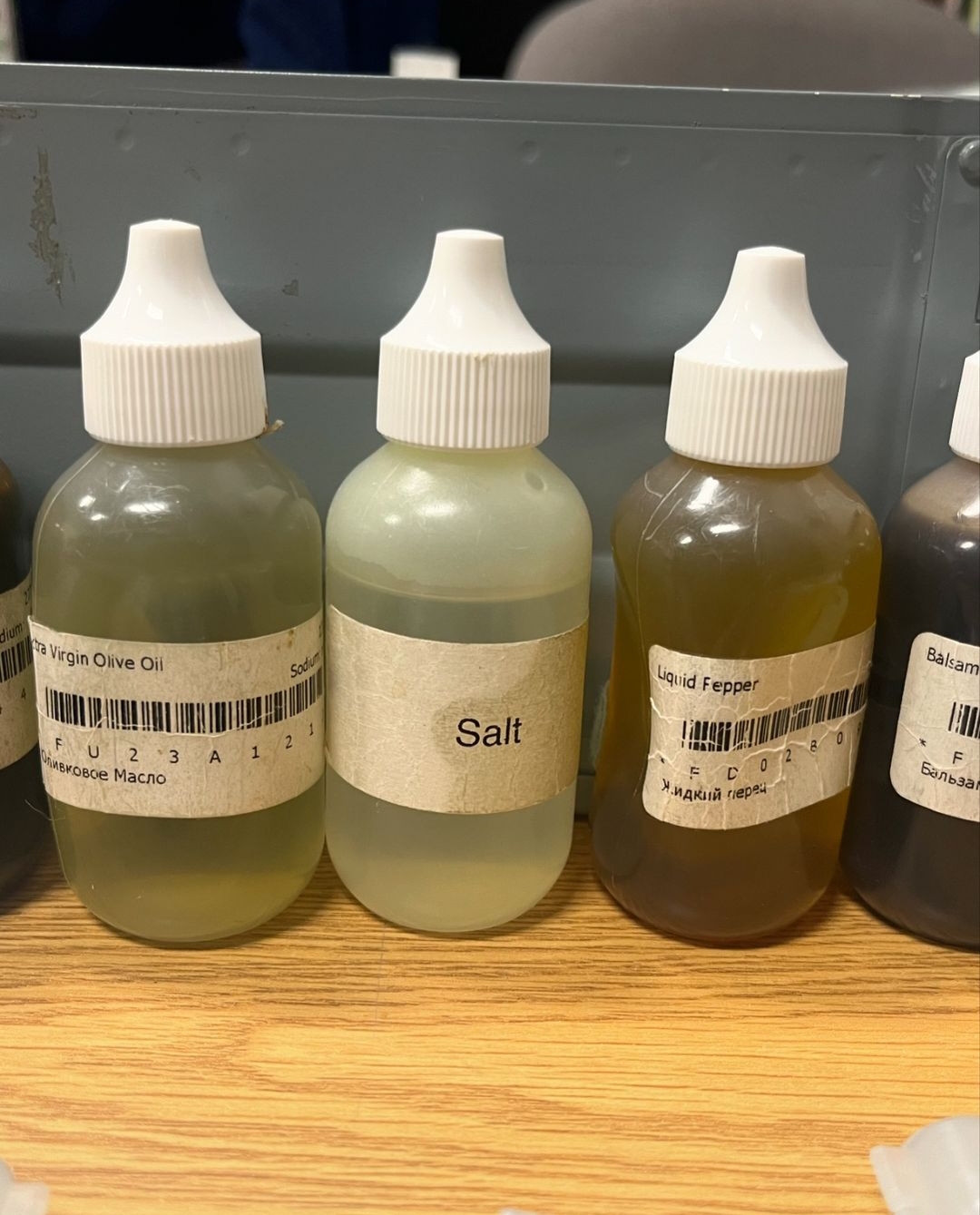
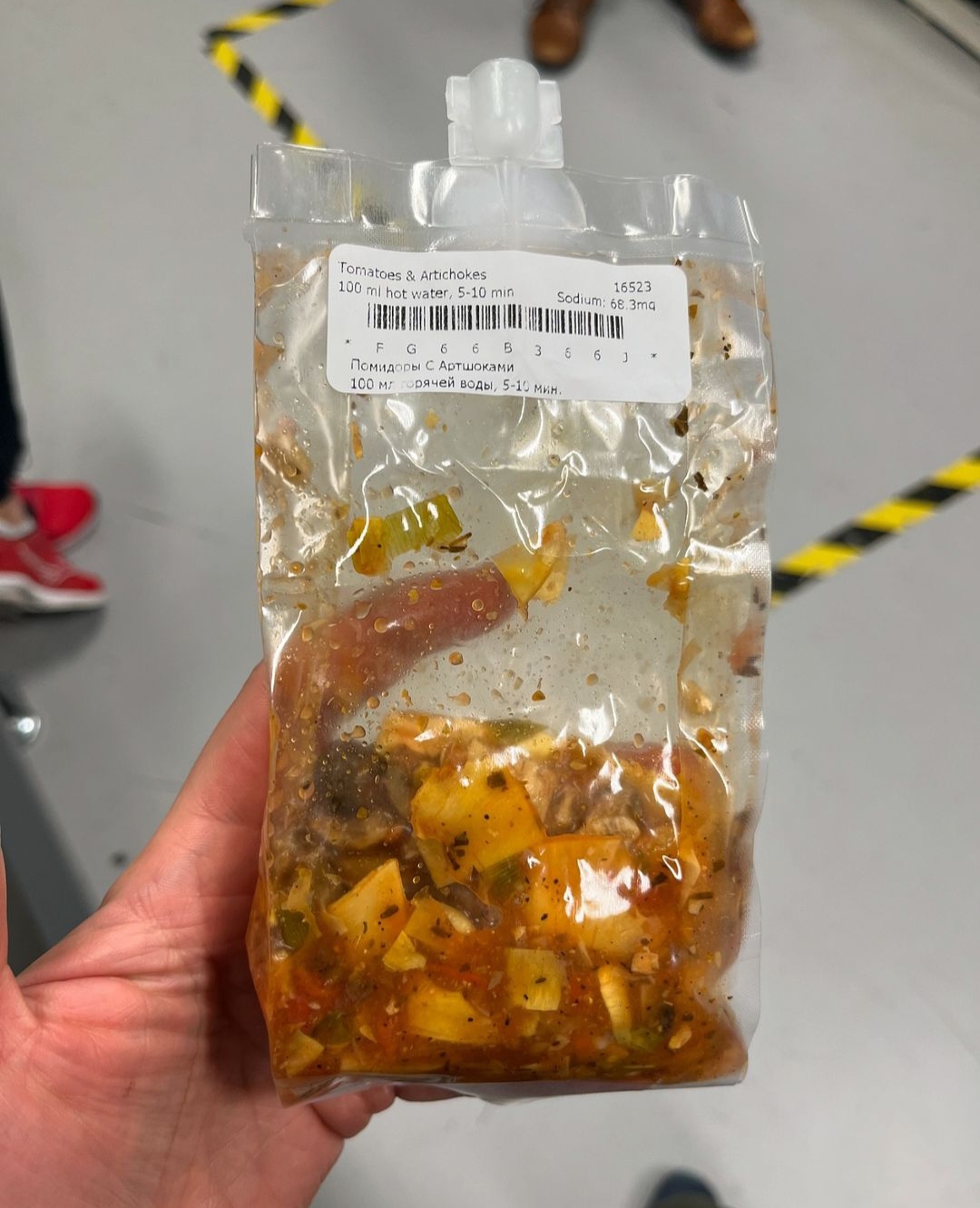
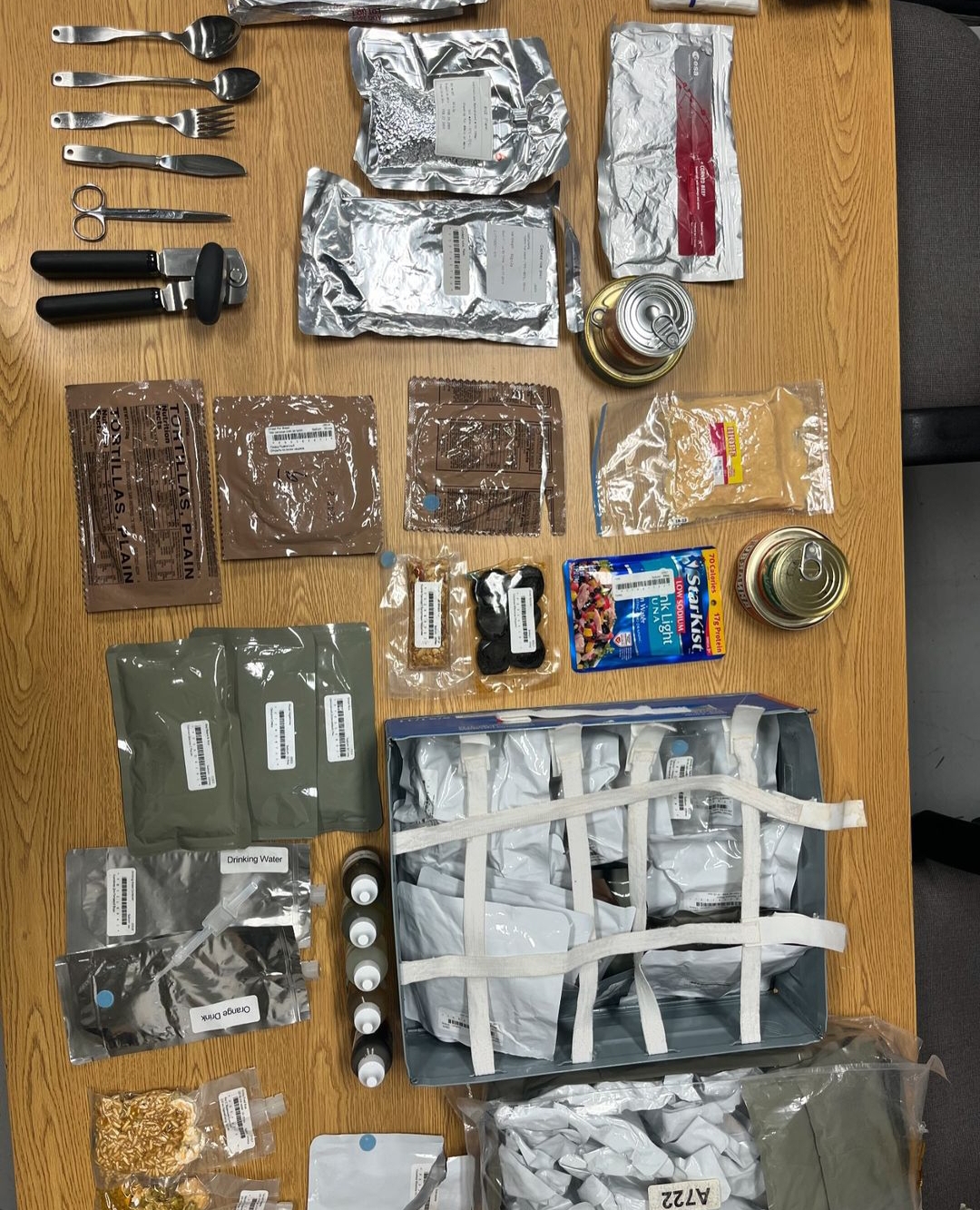
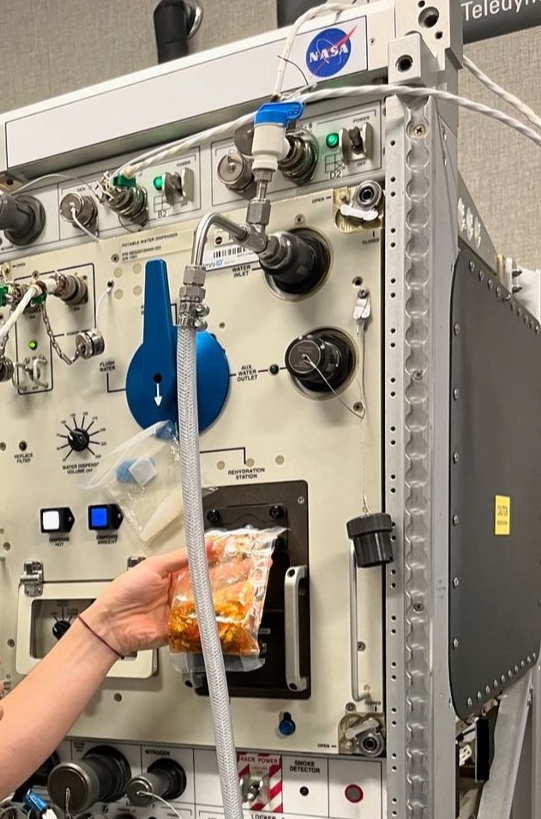
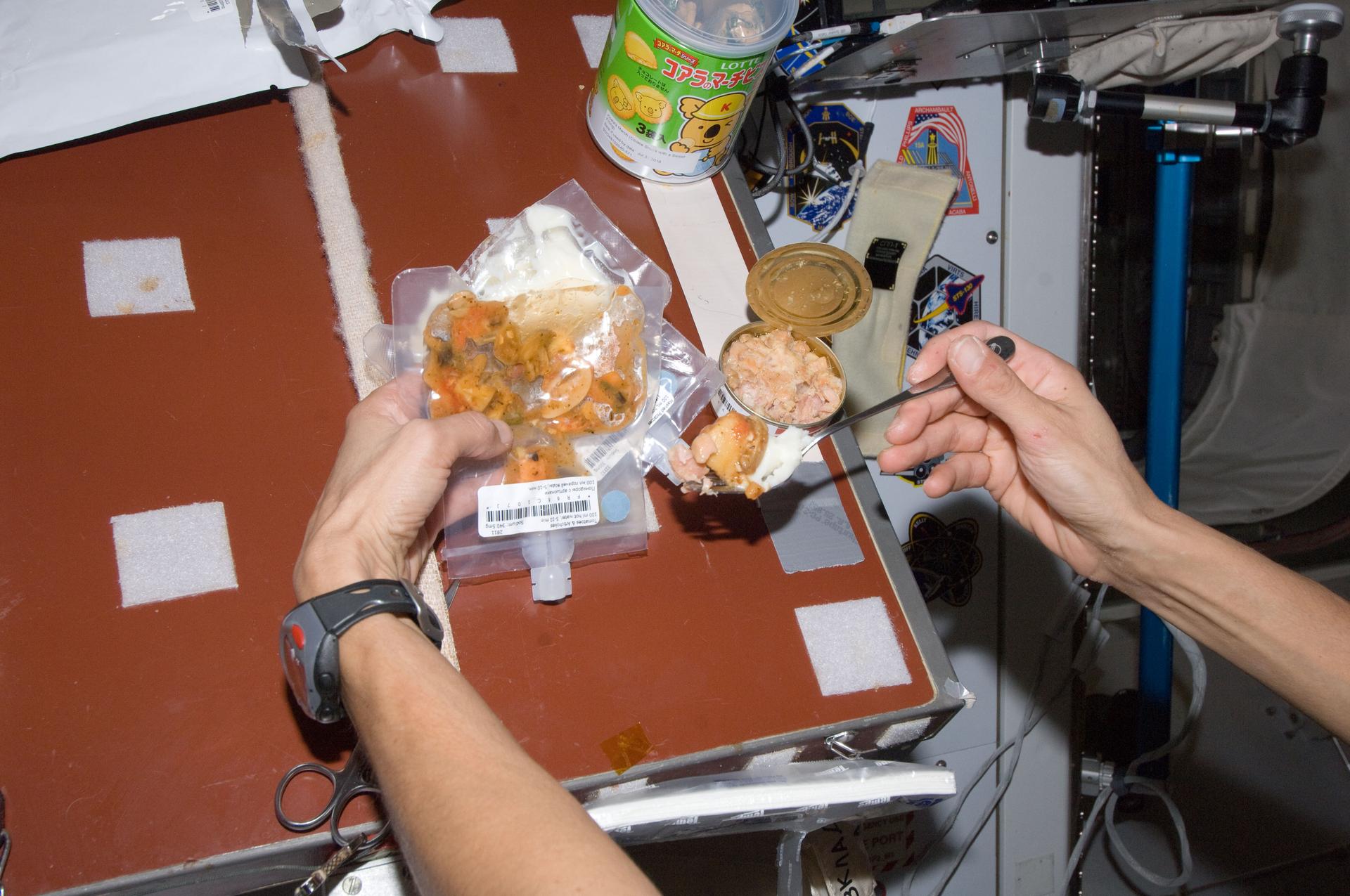

BONUS: The Cola Wars

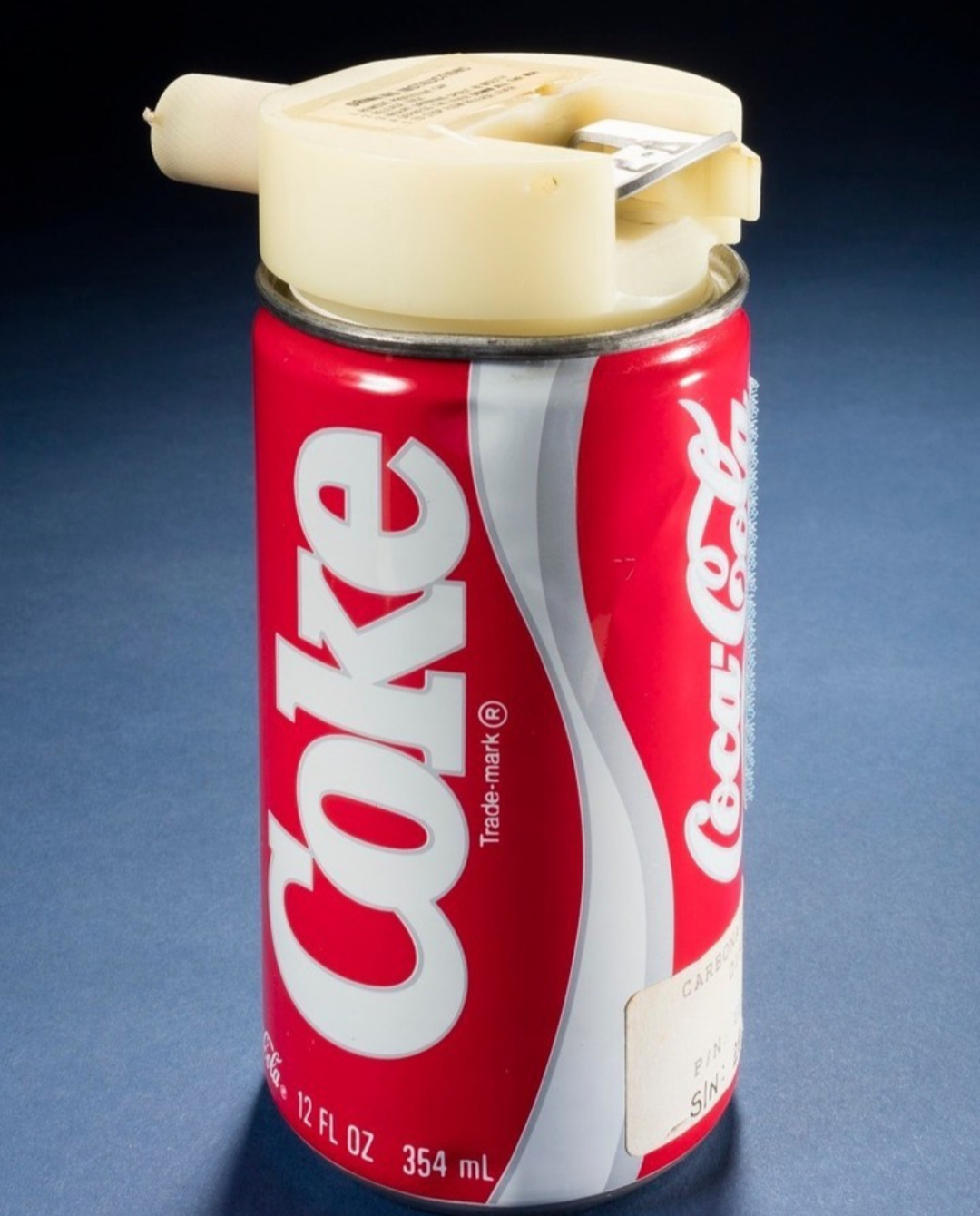
STS-51-F launched on this day in 1985, carrying carbonated beverages into space for the first time. Coke and Pepsi had to develop a can that would work in weightlessness to keep the cola fizzy without spewing out of the can. It appears that neither won the taste test, however, as the astronauts said the cola was too foamy to be tasty.

